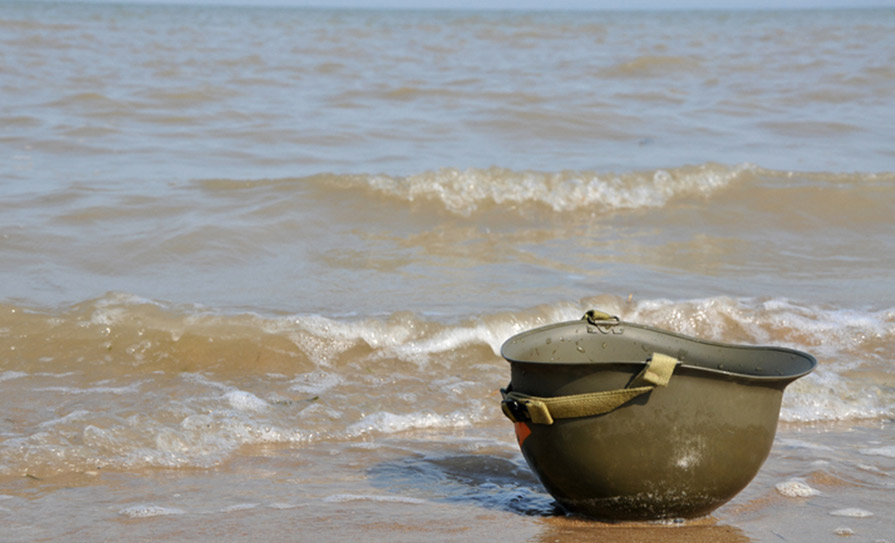With the men’s Rugby World Cup upon us, it might be timely to take a look over our shoulders as we enjoy the 20 teams of elite athletes who will play 48 matches across 51 days. Incidentally, it’s the first Rugby World Cup to take place solely in France, but is only the ninth such event to date. This is a reminder of how rugby union has only in recent years exploded in terms of its broader popularity.
Like many of the most popular modern sports, rugby has some quaint and chaotic origins. The story of William Webb Ellis in an early iteration of the game is the stuff of legend. According to the rules at the time, catching the ball was permitted, but running with it was not allowed and progress up the pitch was generally made by kicking the ball. Webb Ellis instead ran forward with the ball; quite a risky move, as these games often involved up to hundreds of boys and could literally last for days. Webb Ellis made his maverick move at the Rugby School (so named for its geographical location in England) in 1823, but it was not incorporated into the rules until 1841.
There has been a lot of necessary debate around player safety in recent years, particularly with regard to head injury protocols, but playing the game back in those days was no joke either. Before the game became gentrified and moved to the open fields of Rugby, it was most often played with ill-defined rules. The ‘playing field’ could include fields, hedges, streams, and village streets through which the ball was unceremoniously kicked or carried.
Even when the game was played in a more organised fashion in Rugby, it could be a treacherous pursuit. Sometimes, 40 senior students would take on the 200 younger boys, and some historians note that the senior lads would have no mercy – leading up to the game, they would besiege the local cobbler to have extra thick soles put on their boots and the soles bevelled. The shins of the younger opposing players were thus in jeopardy.
The first international Rugby Union match did not take place until 1871 and involved Scotland and England. One can imagine how there was a bit of ‘needle’ in that match, to say the least. In the later 1800s, the idea was floated that players should be compensated for the time they missed from work whilst playing. This notion was quickly slapped down as unworkable.
But rugby still holds its traditions dear. Take the first whistle that starts the World Cup, as it has special significance. The referee of the first New Zealand vs England test in 1905 was Welshman Gil Evans and when the game was finished (New Zealand won 15-0 in case you’re interested), he gave his whistle to Albert Freethy, a fellow referee. Freethy liked the whistle so much that he continued to use it for the following 20 years or more, including in the 1924 Olympic Rugby final.
The whistle survived and was donated to the New Zealand Rugby Museum in 1969 and, in a nod to posterity, was used to start the first match of the 1987 World Cup. The tradition got legs and to this day, the grand old whistle starts the first game of every Rugby World Cup.
Likewise, the coin that is flipped at the start of every World Cup game can be traced back to Freethy. He used the coin in the 1925 New Zealand vs England test match and its home is also now in the New Zealand Rugby Museum. However, like the whistle, it is brought out to start the first game of each World Cup.
It really is a testament to our little nation that we can butt heads with the best in the rugby world nowadays, and this should be an enormous sense of pride for us. Our first international match took place against England in 1875 (we lost 5-0). At the time, the game was considered an aristocratic pursuit, with many players taking up the sport only as a means of staying fit in between polo matches.
It’s also worth remembering that professionalism was only introduced in 1995, since which time the game has exploded. There is an argument to be made that rugby here is still trying to shake its elitist image and this may be holding us back from greater achievements, but that’s a conversation for another day.













Leave a Reply
You must be logged in to post a comment.